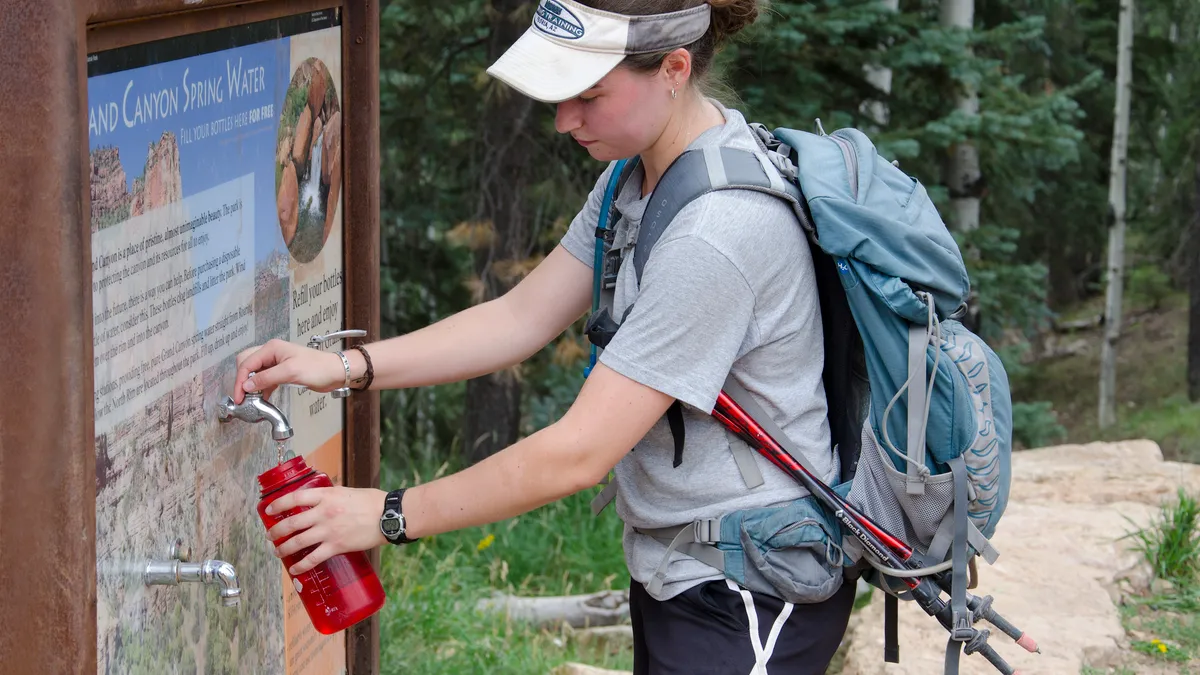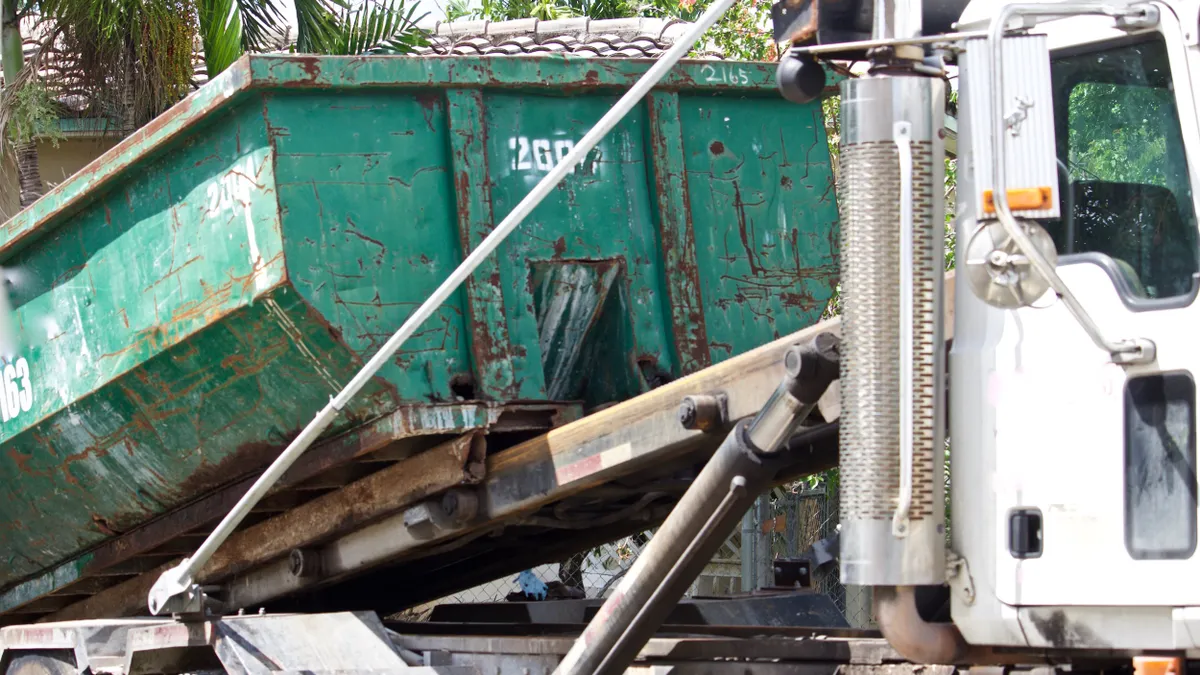Advocates for eliminating single-use plastics in national parks say the Department of the Interior’s current 10-year timeline is too long.
The agency announced in June that it would phase out single-use plastics in department-managed lands by 2032. But environmentalists and some lawmakers recently urged officials to speed up the deadline, saying gradual improvements will not stop pollution and a change in administration could jeopardize the plan.
“We urge you to move as swiftly as possible to implement the phase out plan within [the National Parks Service], where the preservation of unimpaired natural resources is central to its mission,” wrote Rep. Mike Quigley, D-Ill., in a letter to Interior Secretary Deb Haaland signed by 29 other House legislators on July 29.
In June, Haaland announced the agency would gradually phase out the sale, distribution and procurement of single-use plastic products and packaging on the land it manages, which includes the national park system. Items the department will consider reducing or eliminating include plastic and polystyrene food and beverage containers, bottles, straws, cups, cutlery, and disposable plastic bags.
It also calls for prioritizing packaging alternatives, such as 100% recyclable or recycled products, or those made with compostable or biodegradable materials. In addition, the order calls for adding more bottle refill stations The agency is expected to review draft “sustainable procurement plans” by June 2023, according to the order. The order also calls for educating the public on using refillable water bottles and installing additional water fountains and reusable water bottle filling stations.
The move comes after a group of senators last September sent Haaland a separate letter asking for the department to make similar changes.
Quigley sponsors the Reducing Waste in National Parks Act, a bill that also calls for allowing national parks to voluntarily ban the sale of single-use plastic items. That bill, introduced in 2021, was referred to the National Parks, Forests, and Public Lands subcommittee. He initially applauded the DOI’s initiative, but has since been vocal about getting the agency to move faster on its commitments, particularly in national parks.
“It is imperative that NPS prioritizes a policy to eliminate the use of single-use plastics in our national parks,” he said in the letter.
Environmental groups have also urged faster action, saying the 2023 timeline to see draft plans is already too far away. Beyond Plastics, Public Employees for Environmental Responsibility and GreenLatinos said the federal plan “lacks urgency and is subject to reversal.” The groups issued a statement calling for the National Park Service to immediately stop “signing multi-year concessionaire contracts for single-use plastic bottles sales” that could delay substantive plastic reductions.
Chandra Rosenthal, director of Rocky Mountain PEER, said the Biden administration has made plastic reduction a priority, but that may not be true for the next president. “Should there be a change of administration, this Biden plan could be wiped out before it has even really begun,” she said in a statement.
The Ocean Conservancy added that plastic pollution is a continuing issue, regardless of administration. “With over 11 million metric tons of plastic entering our ocean each year and plastic production expected to triple by 2060, we cannot afford to wait ten years,” said Nicholas Mallos, senior director of Ocean Conservancy’s Trash Free Seas Program, in a news release.
The issue of how to handle single-use plastic in the parks has been met with differing strategies over the years. In 2011, under the Obama administration, the National Park Service enacted a policy allowing parks to voluntarily eliminate the sale of disposable plastic water bottles. However, The Trump administration rolled back the guideline in 2017. A 2017 NPS report found that the voluntary policy helped divert between 1.3 million and 2 million disposable plastic water bottles from entering national parks.















